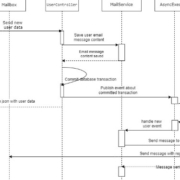Ever been a part of a Sprint planning meeting that seemed to last an eternity with no concrete conclusion achieved? Everyone has. And we are here to change that.
This article is all about teaching you how to conduct a Sprint planning meeting that will make your upcoming Sprints more effective, efficient, and, hopefully, less miserable. Let’s start at the very beginning.










